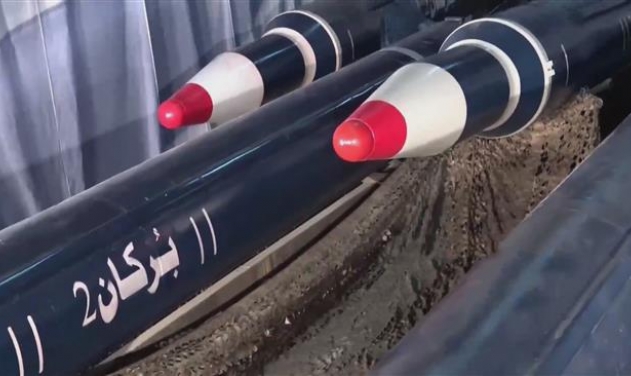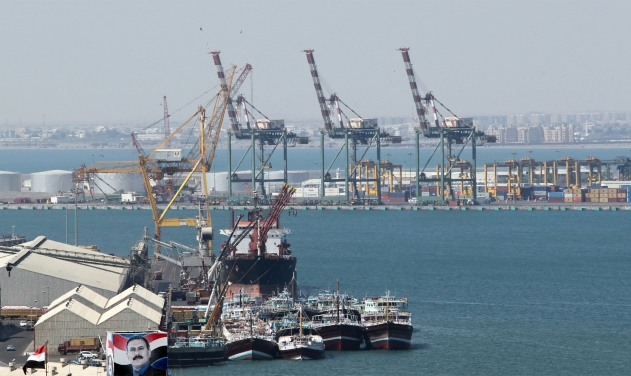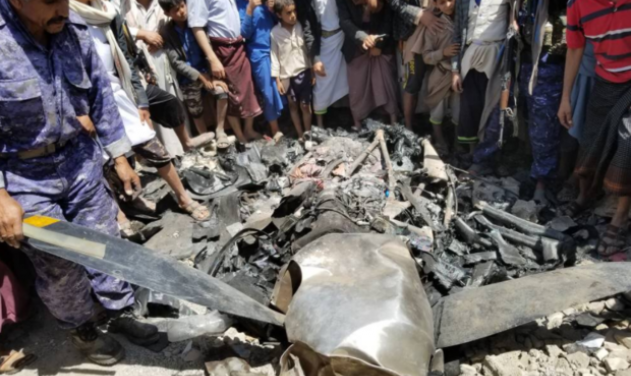Why Houti Missile Launched at Riyadh Airport is a Game Changer

The Scud-Type Borkan-2H Missile used by Yemen's Houti militias to target the Riyadh Airport in Saudi Arabia on November 4 could be a game-changer in the three years old conflict that has claimed hundreds of mostly Yemeni lives.
The fact that the missile traveled so far inside Saudi territory with its target, the Riyadh airport within reach, shows that the militia possesses a surprisingly high level of technology.
Notably, the Saudi establishment was rattled enough to immediately responded with air strikes and announced a blockade of Yemen's air, sea and land access points.
While the missile was neutralized by a US-supplied Patriot anti-missile battery in the terminal phase of flight, its fragments falling in an uninhabited area north of the airport, the precision-targeting by the medium-range ballistic missile indicates that the Soviet-origin, solid-propellant Scud missile has been improved upon substantially by the Houtis.
The rebels have been known for operating various ballistic missiles such as Scud-B (SS-1C; Hwasong-5), Scud-C (Hwasong 6), SS-21 Scarab (Tochka), Zelzal-3, Qaher-1, and C-802 (CSS-N-8 Saccade) in the past. None of these missiles have a range of 900 kms and will fall short of distance.
Yemeni Houtis 'live-tested' a missile in February this year launching the Borkan-1 (Volcano-1) missile to hit a stationary target in the Saudi city of Ta'if, located more than 700 kms southeast of the capital, Riyadh giving the first indication of their growing missile capabilities.
In July this year the Houtis claimed to have hit at an oil refinery in Yanbu, Saudi Arabia, about 900 kms (560 miles) from the border with Yemen, with a ballistic missile which was denied by Saudi Arabia as an 'accident due to overheated electrical transformer.' However, Yesterday, while blaming Iran for helping the Houtis' acquire missile capabilities, the Saudi-led coalition referred to a missile hit from Yemen in July without mentioning its target or details of damage caused.
The Borkan-2H is said to be substantial improvement over the Borkan-1 both in range and precision-targeting. This requires advanced equipment, technology and highly-skilled personnel which may be difficult for the Houtis to possess without help from a state-actor which has such resources.
"Regardless of the exact manner in which Yemeni forces modify their missiles, the Houthi fighters have managed to sustain their missile threat in the face of the lasting air campaign against them. Despite the fact that the Saudi-led coalition has specifically targeted the ballistic missile capability in Yemen, the rebel forces have been able to safeguard stockpiles of missiles against coalition intelligence-gathering efforts and airstrikes," intelligence analyst Stratfor had reported.
North Korea and Iran have been blamed by Saudi Arabia and the US for helping the Houtis acquire missile technology both of whom have denied the claim.
However, the Saudi-led coalition yesterday squarely blamed Iran for helping Yemen with its missile program claiming that the fallen fragments point to the missile having originated in Iran. It even threatened Tehran with retaliation saying there will be a response "in the appropriate time and manner,"













